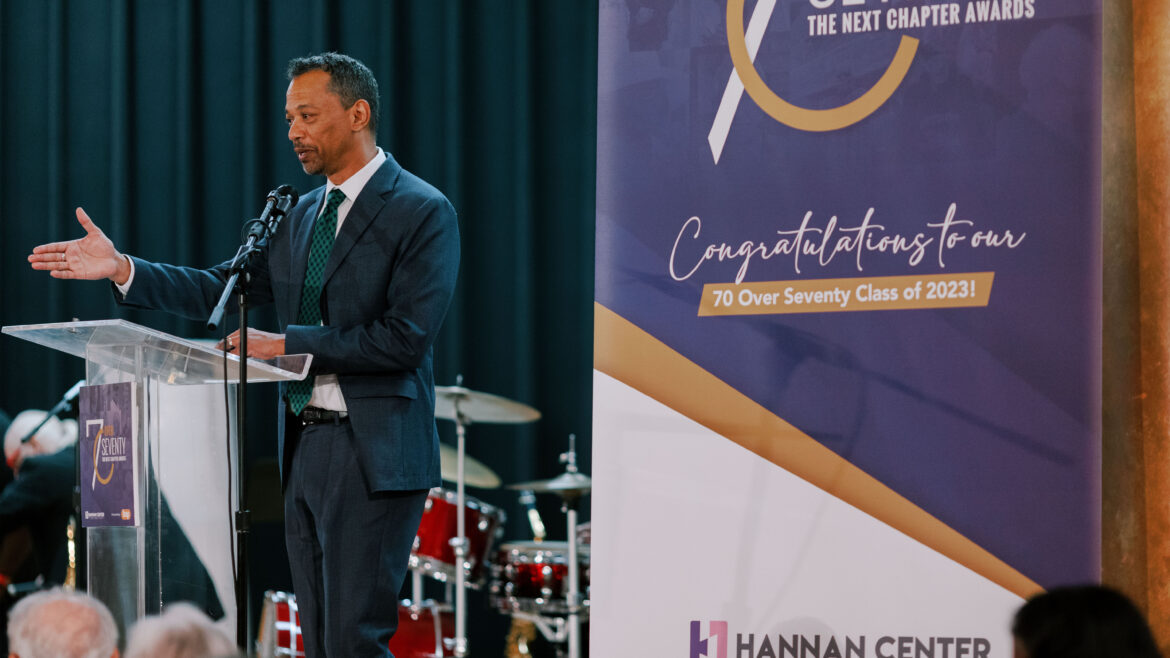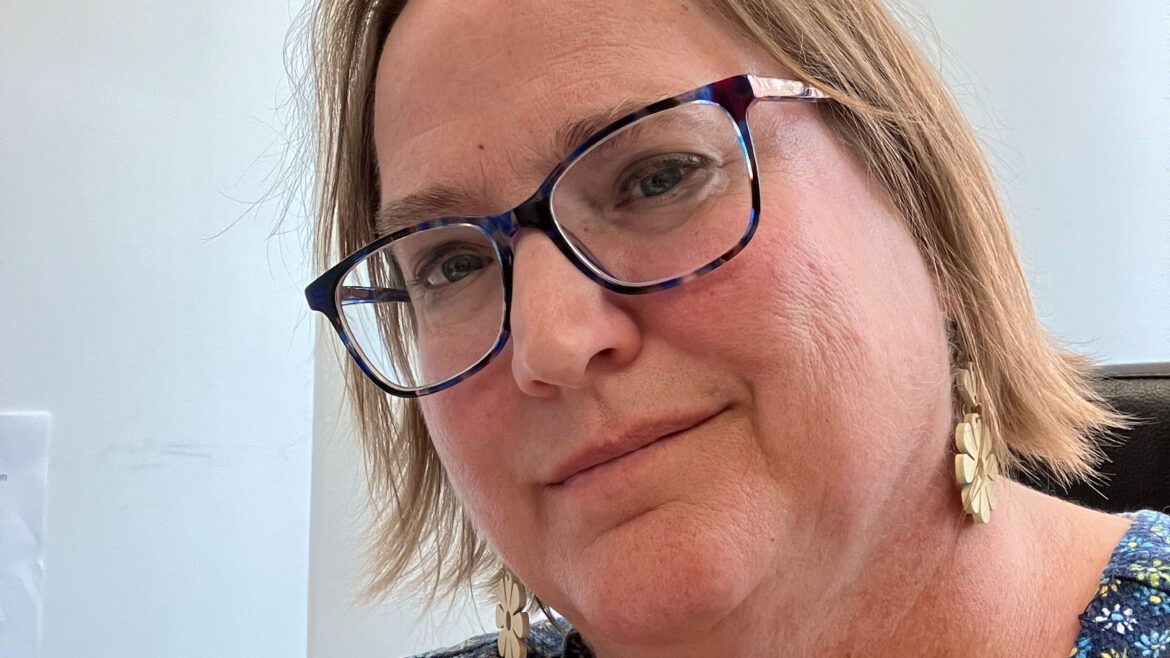By Vincent Tilford, CEO and President, Hannan Center
This November 9, 400 people will gather at a Detroit hotel to celebrate 70 adults over the age of 70 who prove every day that impact is ageless.
From dynamic changemakers, entrepreneurs, lifelong learners and achievers, to energetic community leaders, unsung heroes and artists, this collection of high-octane Metro Detroiters is defying long-held stereotypes and perceptions about getting older.
Each day in America some 10,000 people turn 65. By 2050, this group of older adults is projected to increase to 82 million: representing some 23 percent of the nation’s total population.1
Despite this trend, or perhaps because of it, ageist attitudes remain pervasive in our culture. Often dubbed one of the last socially acceptable forms of discrimination, ageism adversely impacts how we think, feel and act toward older adults. Even worse, research shows it robs this group of precious, productive years.
At Hannan Center, we see ageism in healthcare, employment and housing, but it’s harder to pick out in popular culture.
How often have you heard “you look great for your age,” that old dogs can’t be taught new tricks or that “50 is the new 30”? Each of these expressions suggest age is undesirable and only youth holds value.
During the pandemic, “boomer remover” became a popular hashtag on Twitter as hospitals and clinicians struggled to keep ageism out of initial treatment strategies and policies. Today, there is a wealth of research showing that, indeed, ageist discrimination impacted older adults globally during COVID.
In short, cruel ageist stereotypes and language weave their way through our cultural narrative, informing how we view aging in others and, in time, ourselves.
In just 10 years, the US Census Bureau says there will be 77 million people aged 65 and older compared to 76.5 million under the age of 18. By the end of this century, the world’s median age for the first time will have shifted to older adults outnumbering their younger equivalents.
So, as these demographic ratios change, it’s in everyone’s best interest to view contributions from older people through an “aging” lens free of societal filters. In this way we begin to see the benefits of a vibrant, engaged and essential older America.
For instance, older people comprise the largest group of unpaid caregivers for family, friends and neighbors. For nonprofits, they are critical resources and dedicated activists able to donate time and financial support. Because of their experience, older adults are valuable mentors and advocates and can be key to a shrinking workforce.
In Detroit, let’s extend efforts to attract new residents that are both young and older. Older adults typically have steady incomes, are active in their communities, are strong consumers and add a rich layer of diversity to an already varied cityscape.
Of note is Detroit’s recent status (in June 2024) as a member of AARP’s Network of Age-Friendly States and Communities. As such, programs and initiatives are now in place to strengthen neighborhoods for every age group.
Eight years ago, Hannan Center launched its 70 Over Seventy Next Chapter Awards to counter the bounty of recognition typically reserved for younger community mavens. Our goal then, as now, wasn’t to diminish early achievement. Instead, we simply wish to acknowledge the remarkable and continued contributions of older adults still worthy of the same value, respect and dignity as their younger counterparts.
Learn more at hannan.org. Get more information about ageism at ageism.org and the American Society on Aging at asaging.org.
1] U.S. Census Bureau, 2023 National Population Projections Tables: Main Series.





 How are you doing? Are you finding ways to maintain your sanity and have fun during this time of quarantine? How’s your physical and mental health? I’ll admit it – after several weeks of social distancing, it’s becoming a little difficult to come up with positive, fun and healthy ideas to occupy my mind.
How are you doing? Are you finding ways to maintain your sanity and have fun during this time of quarantine? How’s your physical and mental health? I’ll admit it – after several weeks of social distancing, it’s becoming a little difficult to come up with positive, fun and healthy ideas to occupy my mind.
 May is Older Americans Month, a time to recognize the impact that seniors have had on our lives. It is also a time to ponder how future generations might judge how we have cared for those who used to care for us.
May is Older Americans Month, a time to recognize the impact that seniors have had on our lives. It is also a time to ponder how future generations might judge how we have cared for those who used to care for us.
 It is with heavy hearts and immense gratitude that Hannan Center shares the passing of Ellen Kayrod Fisher who was a member of the Hannan team for more than forty years.
It is with heavy hearts and immense gratitude that Hannan Center shares the passing of Ellen Kayrod Fisher who was a member of the Hannan team for more than forty years.